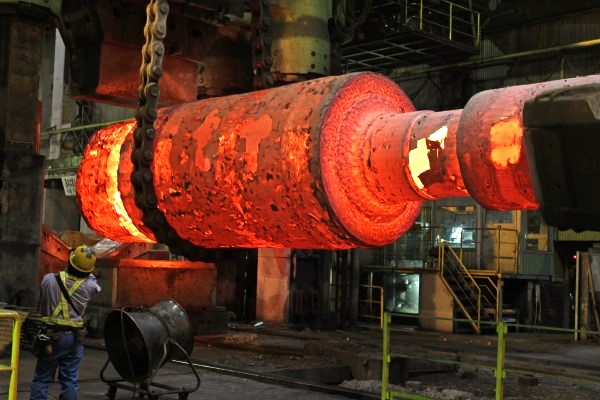On May 18, a ceremony commemorating the facility’s start was held at the Experimental Hall in Sendai City in Miyagi Prefecture, attended by MORIYAMA Masahito, minister of the Ministry of Education, Culture, Sports, Science and Technology (MEXT), along with Governor MURAI Yoshihiro of Miyagi Prefecture and Mayor KORI Kazuko of Sendai City.
The facility will be used in a wide range of diverse areas/fields, including fundamental science, energy, materials, devices, biotechnology, and foods, with the aim of spurring both scientific advancement and industrial innovation.
At a regular press conference held on May 21, three days after the facility’s opening, MEXT Minister Moriyama said, “Its applications will extend from academia to industry and generate significant innovation.”
Installed at the Aobayama New Campus of Tohoku University in Sendai City, NanoTerasu is operated by the National Institutes for Quantum and Radiological Science and Technology (QST), the Photon Science Innovation Center (PhoSIC) representing regional partners, and the Japan Synchrotron Radiation Research Institute (JASRI) promoting its use.
Incorporating a linear accelerator, a storage ring, insertion devices, and a beam line, the facility generates synchrotron radiation enabling highly accurate measurements.
NanoTerasu was built since a synchrotron radiation facility in the 3GeV soft X-ray domain is necessary in order to be a world leader in advanced scientific and industrial applications. Characteristically, it can measure light elements with high sensitivity, examine conventional material structures, and make detailed observations of electronic states and dynamics that affect functions.
Through the analyses of material surfaces, the facility is expected to help develop new drugs and highly active catalysts by analyzing changes in the chemical reactions of the surfaces of both proteins and catalytic materials. Also, NanoTerasu is expected to assist R&D on magnetic and spintronic devices through related analyses.
The facility will thus play a key role in industry, breaking new ground in the development of highly efficient and affordable catalysts, as well as rationalize the design of new drugs and reduce energy requirements for data-recording media (the electricity consumption of which is an important issue).
On May 17, the Quantum Beam Utilization Promotion Subcommittee under MEXT’s Council for Science and Technology released a report on the schedule for use and enhancements to the NanoTerasu facility, as follows:
- Phase I is to be a “period of development.”
- Phases II and III will see beam lines increased and refined systematically in accordance with future needs.
The report says that in the development process, potential users need to be clearly presented with the characteristics and strengths of the various beam lines. It also proposes that the research environment be improved, including automatic and remote operations, and that the necessary human resources be secured and fostered.
Japan already has a large synchrotron radiation facility known as SPring-8 (Super Photon Ring—8GeV), which has been in operation since October 1997 at Harima Science Garden City in Hyogo Prefecture. It, too, has been used for a wide range of research, from nanotechnology and biotechnology to industrial applications.
According to a report by RIKEN, Japan’s National Research and Development Agency, approximately 300,000 people have used SPring-8 so far, and their research results have included such things as the development of the highest quality fuel-saving tires and next-generation storage batteries. However, given its more than 25 years of operation, it currently requires upgrading.











